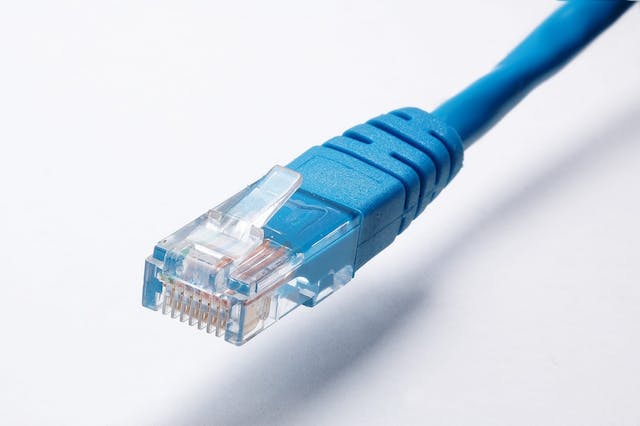In the rapidly evolving landscape of digital connectivity, the importance of a reliable and high-speed network cannot be overstated. Whether you’re a tech enthusiast, a gamer, or a professional working from home, the backbone of your digital experience often lies in the unassuming yet powerful ethernet cord cat6. Among these, the Cat6 Ethernet cable stands out as a versatile and efficient solution, providing enhanced performance and reliability for a wide range of applications.
Understanding Cat6 Ethernet Cables
Cat6, short for Category 6, represents a standardized cable for Ethernet networking that is designed to handle data transfer speeds of up to 10 Gbps over a maximum distance of 55 meters. This makes Cat6 cables an excellent choice for various scenarios, such as home networks, office setups, and data centers, where high-speed and reliable connectivity is crucial.
Key Features of Cat6 Ethernet Cables
- Enhanced Performance: One of the primary advantages of Cat6 cables is their ability to support higher data transfer rates compared to their predecessors, such as Cat5e. This improvement in performance is attributed to stricter specifications and better shielding.
- Reduced Crosstalk: Cat6 cables are engineered with enhanced twisted pair construction and improved insulation, which significantly reduces crosstalk – the interference between adjacent pairs of wires. This results in a more stable and reliable network connection.
- Backward Compatibility: Cat6 Ethernet cables are backward compatible with previous cable standards, such as Cat5 and Cat5e. This means that you can upgrade your existing network infrastructure gradually without the need for a complete overhaul.
- Future-Proofing: With the capability to support 10 Gbps data rates, Cat6 cables offer a certain level of future-proofing for your network. As data requirements continue to grow, having a cable infrastructure that can handle higher speeds becomes increasingly essential.
Installation and Best Practices
To maximize the benefits of Cat6 Ethernet cables, proper installation and adherence to best practices are crucial. Here are some key considerations:
- Proper Termination: Ensure that the connectors are correctly terminated to prevent signal loss and interference. Properly crimped connectors maintain the integrity of the cable and contribute to a stable connection.
- Avoid Sharp Bends: Cat6 cables, like their predecessors, are sensitive to tight bends and kinks. Avoid sharp bends during installation to prevent damage to the cable and maintain optimal performance.
- Quality Connectors and Components: Invest in high-quality connectors and components to ensure the longevity and reliability of your network infrastructure. Subpar components can lead to signal degradation and compromised performance.
Conclusion
In the ever-evolving world of digital connectivity, Cat6 Ethernet cables stand as a testament to the ongoing efforts to meet the growing demand for high-speed and reliable networking solutions. Whether you’re streaming high-definition content, engaging in online gaming, or conducting business operations, the reliability and performance of your network often hinge on the capabilities of the Ethernet cables in use. By opting for Cat6, you are not just investing in today’s needs but also future-proofing your network for the data-intensive demands of tomorrow. As technology continues to advance, Cat6 remains a key player in the realm of high-speed connectivity, empowering users to stay connected and productive in an increasingly digital world.
